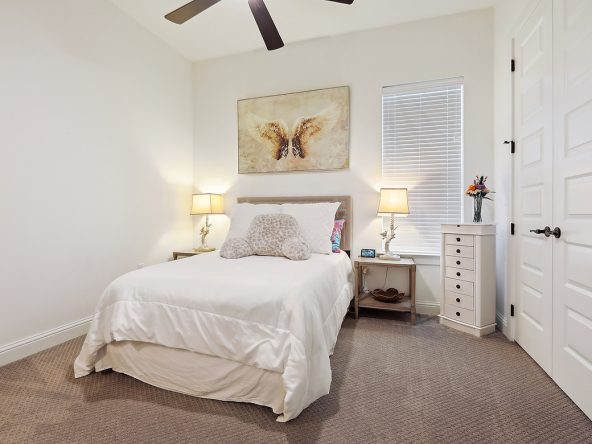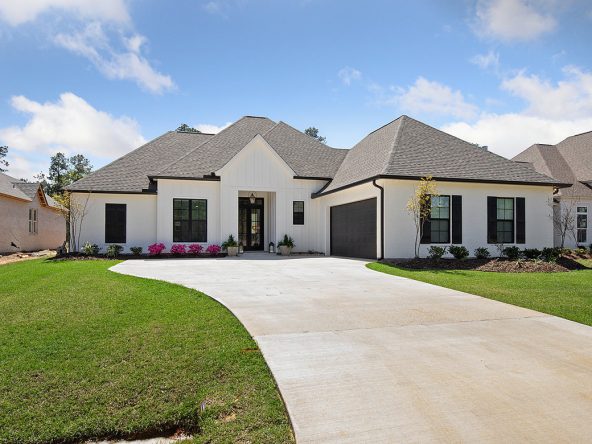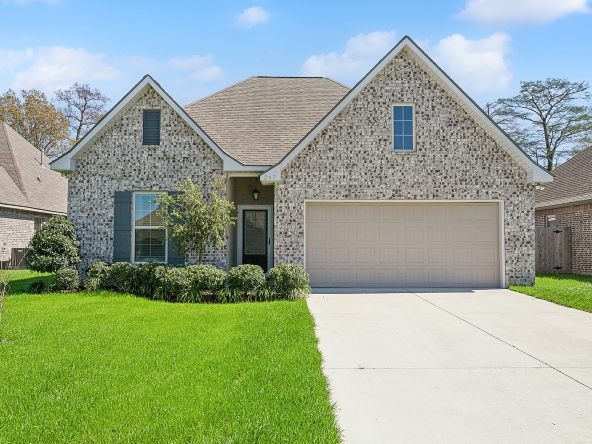 Not every potential home buyer has immaculate credit, but this doesn’t mean there are not other options for them to purchase a home. Owner financing is a an option for buyers. In the 1980’s owner financing became a way to avoid the 20% mortgage rates for home buyers. Since then, owner financing has grown in popularity again as mortgage lending standards have continued to tighten in an increasingly government-regulated world.
Not every potential home buyer has immaculate credit, but this doesn’t mean there are not other options for them to purchase a home. Owner financing is a an option for buyers. In the 1980’s owner financing became a way to avoid the 20% mortgage rates for home buyers. Since then, owner financing has grown in popularity again as mortgage lending standards have continued to tighten in an increasingly government-regulated world.
Owner financing is a private agreement between a seller and a home buyer. The seller will sell their home to the buyer if they buyer will repay the seller over a certain amount of time in regular installments. Today, there are five different selling financing options.
Option #1: Free and Clear
This is when a seller sells their home to a buyer that is free and clear of all liens. In order to purchase a home this way, a buyer will make a down payment to the seller. The seller then has a loan balance in a private note that the seller must pay off.
Option #2: Lease with an Option to Buy
This is basically a way to rent a home to own it. The homeowner will allow the buyer to purchase the home after the fact. The buyer will make a significant down payment and there after make regular monthly rent payments. At the end of the lease agreement, the buyer can choose pay off the remaining balance (by cash or refinancing) to own the home.
Option #3: The Second Lien Position
This is a bit trickier. The seller will obtain a second mortgage lien along with the bank lien. A second mortgage lien is a home equity loan and is backed by the equity in the house. The buyer will then make two payments each month. The first to the senior bank lien holder and the second payment to the seller.
Option #4: Wrap-Around Mortgage
This option is a little less riskier than a second lien position. A wrap-around mortgage gives the seller the ability to earn a good rate of return.
“If I am a seller with a $100,000 mortgage loan at 4% and the property is worth $150,000, I’d sell it to the buyer with $10,000 down, carrying the entire difference [$140,000] at 7% on a wrap-around mortgage or all inclusive trust deed,” says Lance Churchill, an attorney with the Frontline Education Group. “I’d rather make 2% or 3% on the $100,000 rather than just 7% on the $40,000.”
A buyer should always use an escrow company when using a wrap-around mortgage. This way the buyer is sure that the payments get to the seller and senior bank lien holder.
Option #5: Installment Land Contract
This is known as the riskiest of all the options. Many experts will not recommend using installment land contracts. A land contract is when the buyer of the property agrees to pay the seller in scheduled installments. The buyer can live in the home and make payments while the seller still has the deed. This means the buyer only has equitable interest while the seller still had the legal, titled interest. Once the buyer pays off the loan, the seller will pass the title over.
If owner financing is the way your choose to purchase a home, remember to use professionals. Closing on a home no matter what financing option is used, should use a title company.




